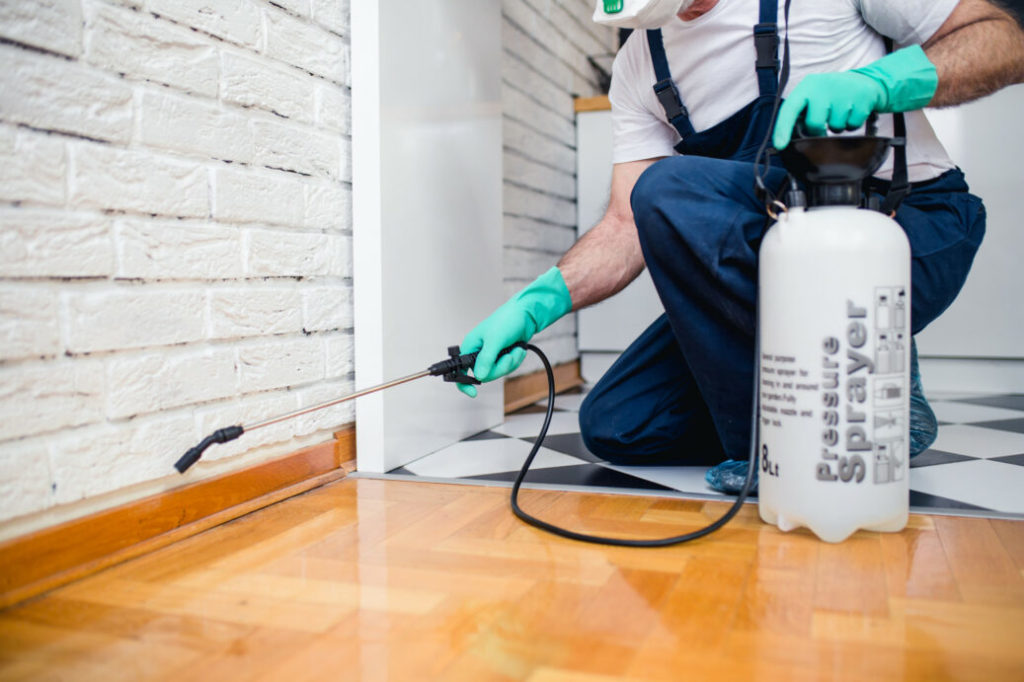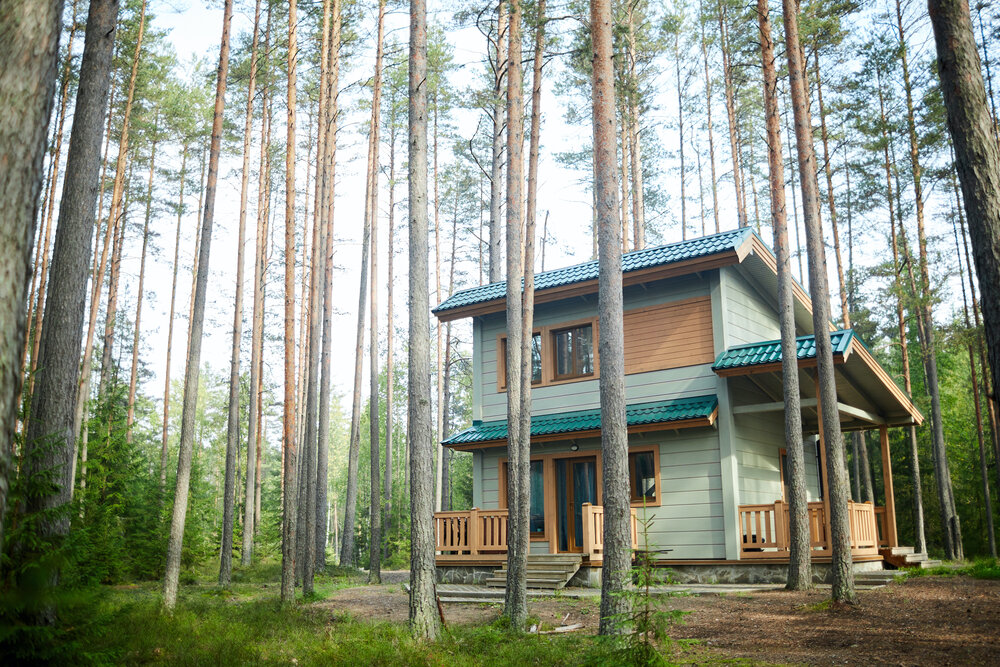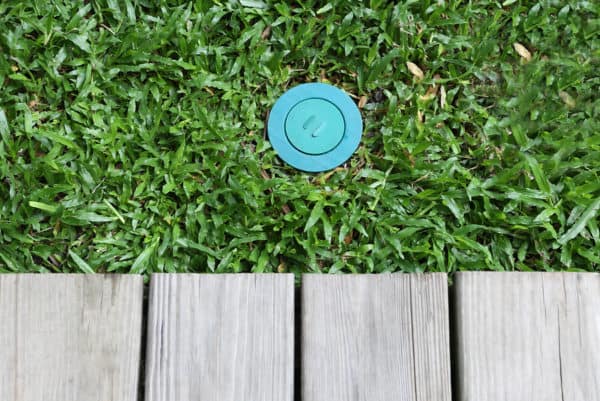All You Need to Know About Termite Treatment Costs
Factors That Determine the Cost
There are a number of factors that play a vital role in affecting the overall cost of this procedure. Understanding these factors can help gain a better understanding of the approximate expense.
Size of Your Home
When it comes to the size of your home, the bigger the house, the higher the termite treatment cost. Why? Bigger homes are likely to suffer extensive damage compared to smaller homes. This is because before the infestation is found in a bigger home, it will have spread to several parts of your home. Also, it will require experts more time to inspect your big home compared to a small home. This does not mean you cannot save your home. To save your home, take steps to get rid of the infestation.
The Foundation’s Layout:
Your homes foundation plays a major role in determining the cost of a treatment. It is important for experts to consider the layout before delivering treatments. Monolithic slabs and a few other types of foundation require customised treatment procedures. Professionals also need to consider if there is space in your foundation to occupy a basement or any other space that can cause termites to have infested and destroyed the same.
Techniques Used
Termite control experts use many techniques to get rid of the infestation in your home.
Some of the methods used include:
- Liquid chemical barrier
- Non-repellent liquid treatment
- Termite bait systems

Analysing the Approximate Cost:
Here is how you can consider an approximate cost for your expenses:
- Measurement:
Measure your property and its external perimeter. This should be only up to 150mm from the wall. You will also need to count how many posts are attached to your property’s structure or building.
- Chemical Choices:
Chemicals you can choose from are:
- Termidor – Induces poison to kill termites by transferring the poison to the colony. 8 years of life recommended by the manufacturer.
- Altriset – A safe and non-repellent chemical. 5 years of life recommended by the manufacturer.
- Biflex – Poisonous repellent used to create a treated zone. This keeps termites away from your home.10 years of life recommended by the manufacturer.
- Estimator:
Use the measurement and chosen chemical to judge the expenses based on an approximate cost of a termite treatment.
- Reducing the Expense of a Termite Treatment:
Treating an infestation can be a costly affair impacted by the many factors stated above. No home owner wants to deal with extra expenses that cut a hole through their pockets.
The best way to ensure you aren’t paying for expensive treatments from time to time is to ensure that the curing of the infestation if based on the perimeter and not just the interior parts of your home.
You can also choose to consult more than one Pest Control Company to ensure you are getting the best price for your money’s worth. While trying to cut cost do not hire a cheap and ineffective pest control company to avoid having to deal with infestation again.
Good pest control companies provide you with estimates to know the cost before hiring them for their services. Avoid an infestation as much as possible to cut down on treatment expenses.

WHAT ATTRACTS TERMITES?
In general, termites create colonies around food sources. Because termites eat soft or rotting wood, they seek moist spaces. Homes, and the surrounding property, can accidentally create prime environments for termite colonies. These situations encourage termites to move from their natural habitats into developed areas. The following scenarios are most likely to attract termites to your home.
PILES OF WOOD
Firewood and woodpiles can attract termites, drawing them closer to your home. Then, termites will migrate from the piles of wood to the housing structure, causing great damage inside. To avoid an invasion, stack wood 20 feet away from your home and keep it at least 5 inches off the ground.
EXCESS FOLIAGE
As they rot, dead trees and stumps attract termites. Termites will migrate from this excess foliage to your home. To prevent this, clear stumps and dead trees from your yard.
TREE LIMBS AND LEAVES
Tree limbs and leaves that touch the roof attract termites to your home. These branches give termites a pathway from the ground to your house. Regular tree trimming can dissuade termites from migrating to your roof.
MULCH
Similar to tree limbs, mulch can draw termites closer to your home. The wood chips retain moisture, providing an attractive food source. Lower the likelihood of termites by keeping mulch at least 15 inches from your foundation.
CLOGGED GUTTERS
As leaves and twigs build up in your gutters, the excess moisture softens or rots your roof. These soft spots allow termites to penetrate your home. Clean gutters lower the opportunities for termites to invade by preventing a soft or rotting roof.

WHAT INFLUENCES THE EFFECTIVENESS OF TERMITE TREATMENT?
The type of termite you are dealing with will also affect how long treatments last. Two types of termites are typically seen, subterranean termites and drywood termites. Subterranean termites are termites that live in the soil around the home. They create a network of tunnels to access their food source (your house). Drywood termites burrow into the wood and live and eat off it. They create a series of tunnels within the wood of your home and eat their way through. The termite treatment you receive and how long that treatment will last depends on your infestation. We can help you identify the type of termite correctly and the most effective treatment.
Is Termite Protection Worth It?
Knowing the potential costs of termite damage and repair is reason enough to invest in termite protection. What options do homeowners have when a homeowner’s policy doesn’t cover termite damage? A termite bond or termite warranty is your best bet. A termite bond is a warranty between a homeowner and a termite company that functions as a maintenance contract for termite prevention, damage, and repair. Termite warranties vary by company, but they generally include an agreement for annual (or more often) termite inspections during the lifetime of the warranty, an agreement to provide treatment if termites are discovered (often at no additional charge to the homeowner), and in some cases an agreement to repair damages. Not all homes, however, qualify for these repair bonds so always check with your termite control provider about this.
A termite warranty provides you with peace of mind against termite damage. The warranty guarantees that the pest control company will continuously inspect your home and make sure that new infestations are discovered before they can proliferate. Termite warranties are also beneficial when buying or selling a home as they are often required before a sale can occur. Lenders will often not approve mortgages for at-risk homes without a termite bond. Only certified pest control companies can issue termite warranties. Yearly costs typically run $300-$400 for the warranty coverage, which includes the annual termite inspection.